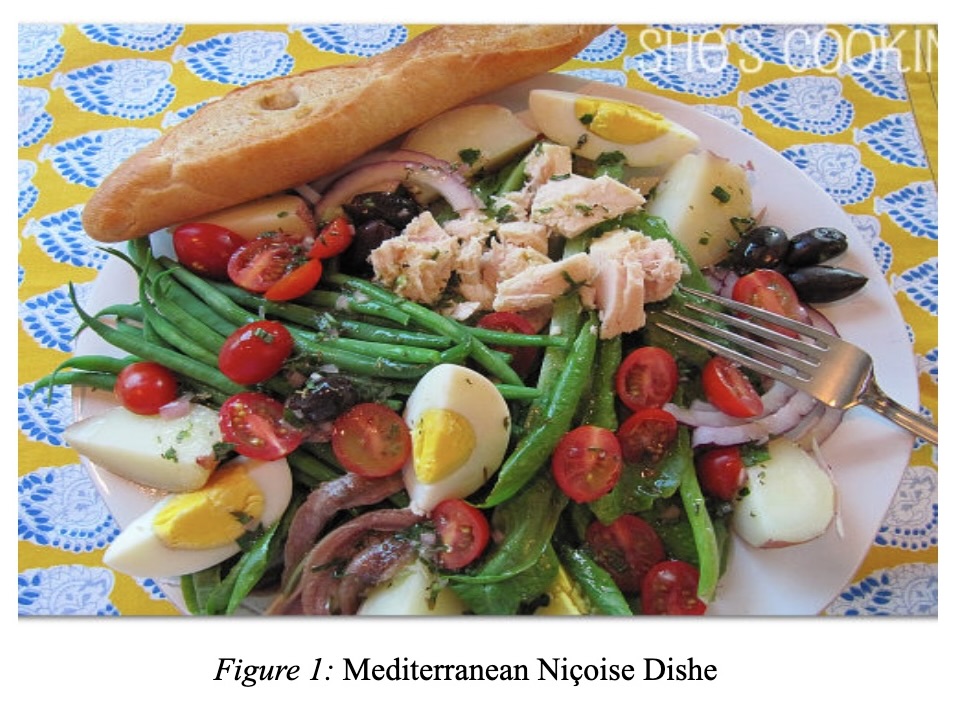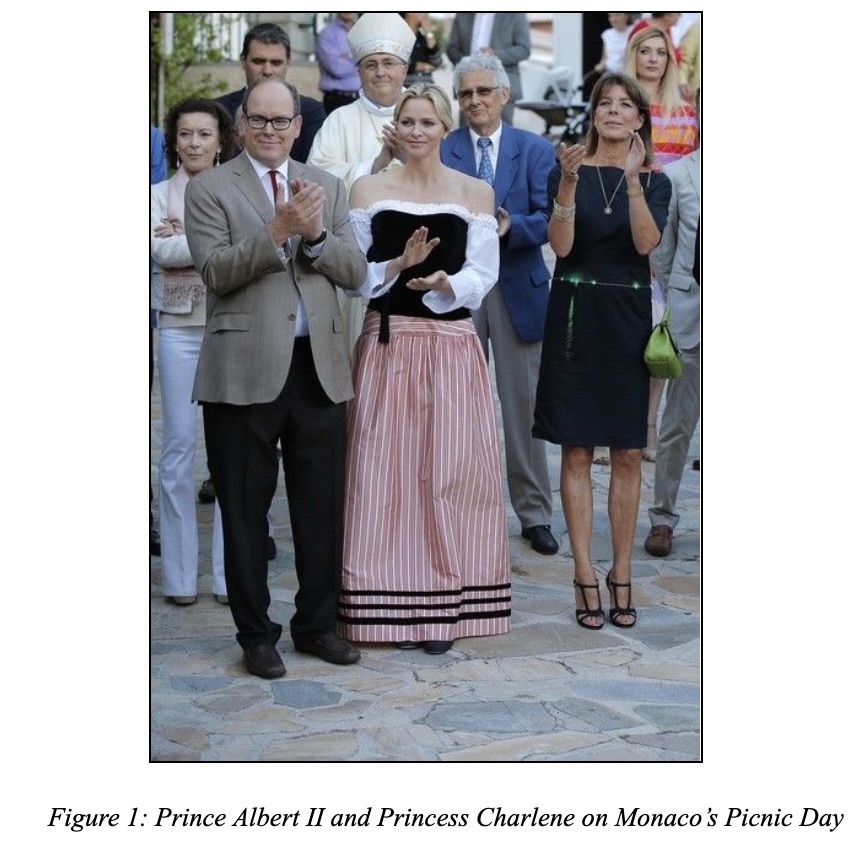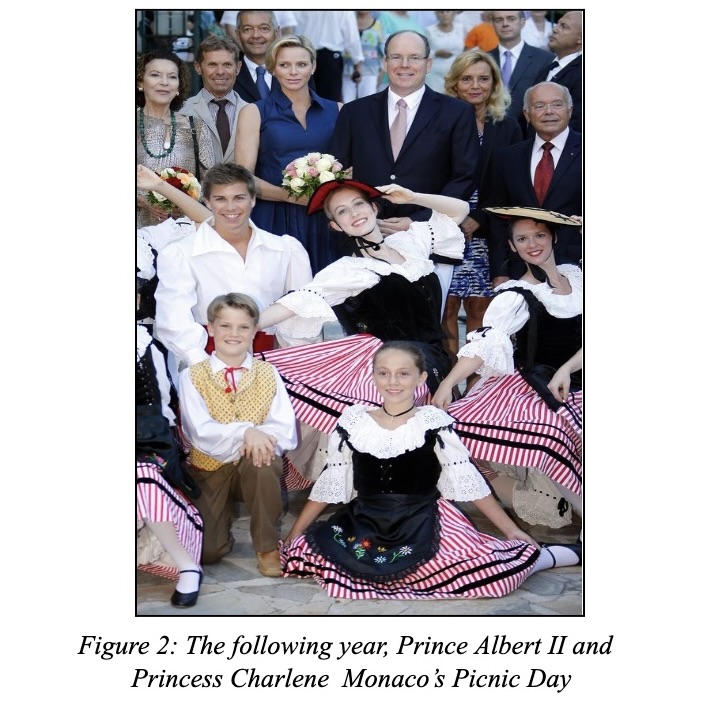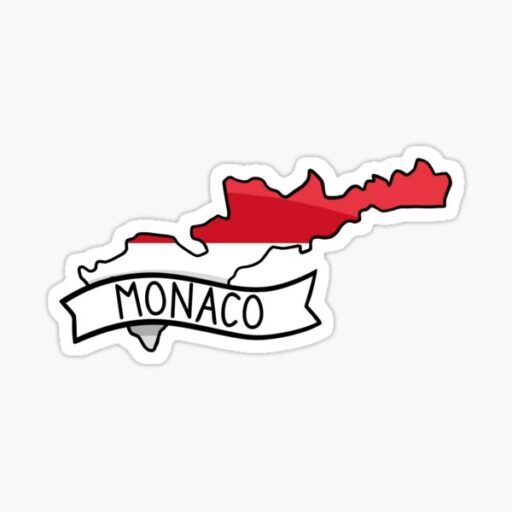Monaco is viewed as a Multicultural state, where France and Italy are close within the borders and have ethnic ties within Monaco. With this mixed culture, Monaco recognizes Protestant, Russian Orthodox, and Jewish religions within their city, and the majority of their population, up to 93%, consider themselves Catholic in their constitution, The Constitution of Monaco states Roman Catholicism to be their state religion. (Nix, 2023). With 65% of their population coming from neighboring countries like France, Spain, and Italy, there is much similarity within the food, having blends of southern Provençal and Niçoise French dishes, Italian cuisine, and influences of the Mediterranean Sea’s seafood choices (CIA, 2023). For the citizens of Monaco, a celebration is contributed with food, and with a diverse state sharing the same catholic religion, these unions of holidays and festivals signify a fusion of happiness and family. Monaco’s Culture also reflects their human behavior, as many Monaco citizens involve themselves in conspicuous consumption; much of their wealth and status is a showplace in their neighborhood (Monarch Magazine, 2023). Monaco can be seen as one of the many places that cherish their old heritage and preserve their celebrations.

With festivals and traditions come the showcase of dress in the culture of Monaco. The current reigning house of Monaco is from the Grimaldi Family (Kim, 2022), making Monaco a state of the principality. Their royal traditions stand firm, having one of their most celebrated days be their national holiday, the Fête du Prince, celebrated on November 19th, the day of St. Rainier of Arezzo, provides an insight into the ideals of what coming together and being a family means for Monaco (Revelance, 2019). During this holiday, the celebration of “U Cavagnëtu” also known as “Pique Nique Monegasque” or “Monaco’s picnic,” is used for family and friends to come together to enjoy the liberation of Monaco (Gazette, 2022). Many wear Folklore dresses, where women specifically wear a traditional red long skirt, attaching a black apron around the bust and waist, wearing a red Dutch cap on top of their heads. Others, such as the Serene Highness family, wear the occasional color blue, symbolizing a union, whereas the men are suited in their suits and ties dressed formally, and the women are in long skirts or dresses that flow and are covered (Davies-Evitt, 2022). The practice of celebrating this national holiday, dressing up, and having a picnic as a city is a tradition that Monégasques have carried on for centuries, allowing Monaco’s indigenous culture to continue, reminding generations of their roots.





